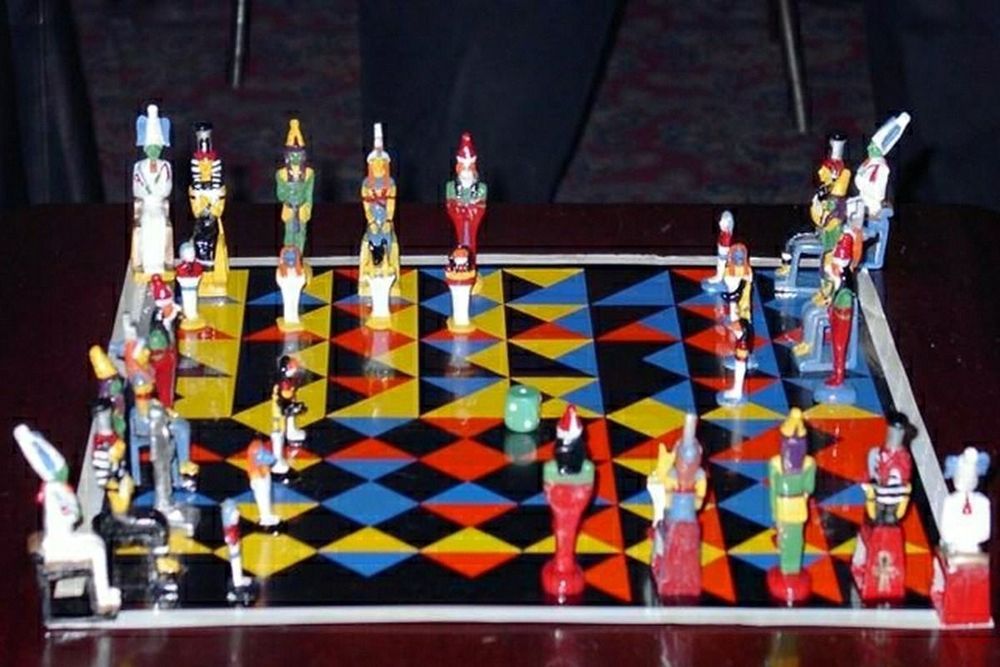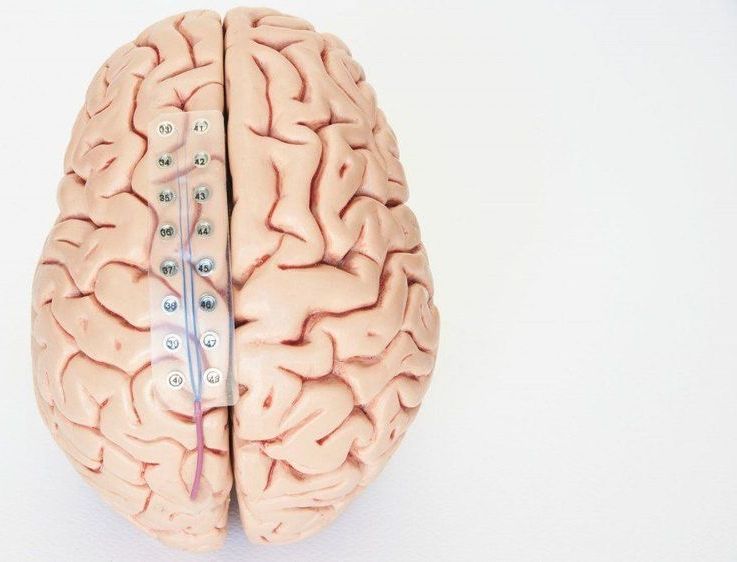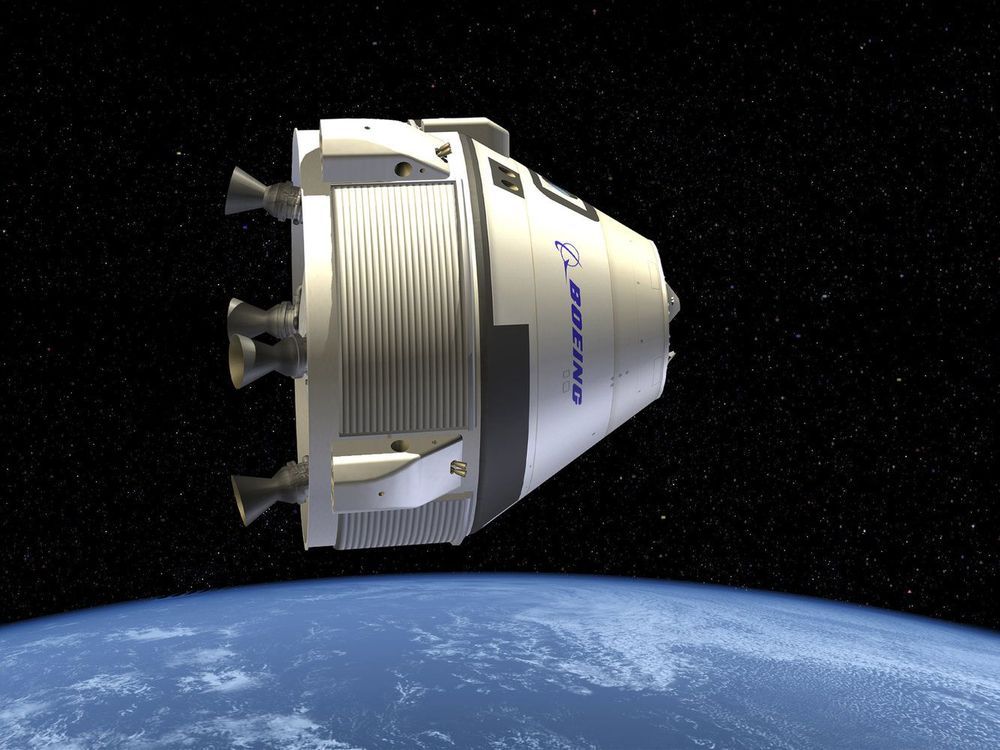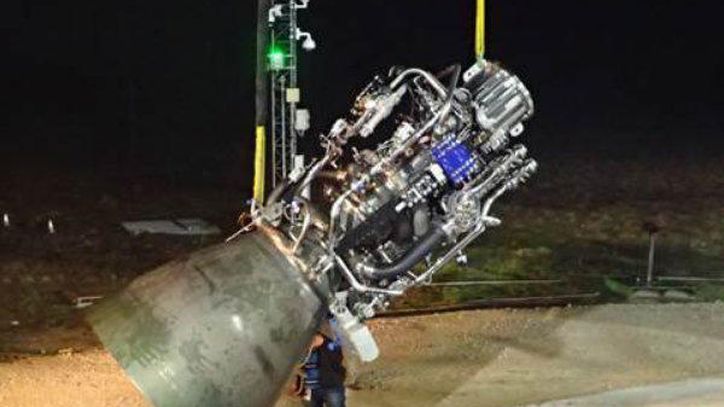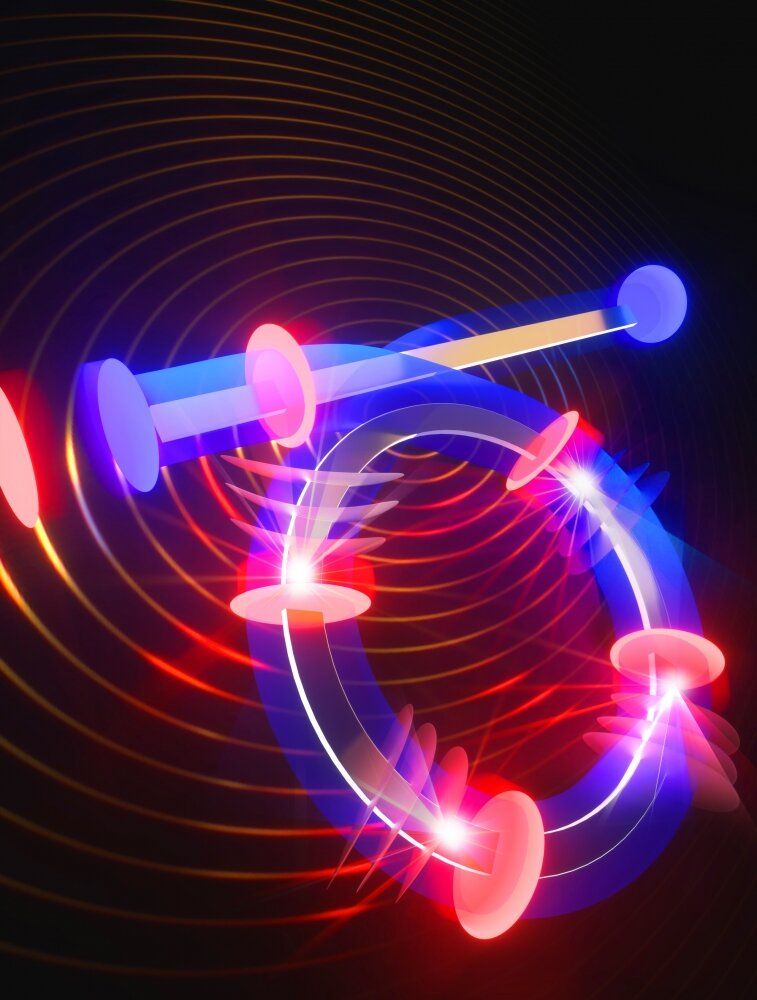Page 8193
Nuadha. often known by the title Airgetlám (“silver hand”), was the first king of the Tuatha Dé Danann. He is one of the characters represented in WB Yeats’s twilight magickal world of Celtic Nuada had his lost arm replaced by a working silver one by the physician Dian Cecht and the wright Creidhne (and later with a new arm of flesh and blood by Dian Cecht’s son Miach). A lot of our druidic and Celtic past has been purposefully obliterated by monotheism — but this creative heritage may yet be more useful to us going forwards.
Feb 2, 2019
Brain implants, AI, and a speech synthesizer have turned brain activity into robot words
Posted by Klaus Baldauf in categories: biotech/medical, robotics/AI
Neural networks have been used to turn words that a human has heard into intelligible, recognizable speech. It could be a step toward technology that can one day decode people’s thoughts.
A challenge: Thanks to fMRI scanning, we’ve known for decades that when people speak, or hear others, it activates specific parts of their brain. However, it’s proved hugely challenging to translate thoughts into words. A team from Columbia University has developed a system that combines deep learning with a speech synthesizer to do just that.
The study: The team temporarily placed electrodes in the brains of five people scheduled to have brain surgery for epilepsy. (People who have this procedure often have implants fitted to learn more about their seizures.) The volunteers were asked to listen to recordings of sentences, and their brain activity was used to train deep-learning-based speech recognition software. Then they listened to 40 numbers being spoken. The AI tried to decode what they had heard on the basis of their brain activity—and then spoke the results out loud in a robotic voice. What the voice synthesizer produced was understandable as the right word 75% of the time, according to volunteers who listened to it. The results were published in Scientific Reports today (and you can listen to the recordings here.)
Feb 2, 2019
Morgan Stanley says Spaceflight Industries is ‘entirely’ disrupting the rocket launch market
Posted by Klaus Baldauf in category: space travel
Spaceflight Industries is the latest company featured in Morgan Stanley’s “Space Disruptor Series,” which covers 90 companies.
Feb 2, 2019
Worried About Breast, Ovarian Cancer? Genetic Testing Could Help
Posted by Genevieve Klien in categories: biotech/medical, genetics
Feb 2, 2019
New Research Could Be First Step Toward Buckyball-Powered Quantum Computers
Posted by Genevieve Klien in categories: biotech/medical, computing, quantum physics, solar power, sustainability
Scientists have characterized the quantum behavior of buckminsterfullerene molecules, also known as buckyballs, with the hope of perhaps one day turning them into miniature quantum computers.
Buckyballs are the Nobel Prize-winning molecules that consist of sixty carbon atoms arranged in a closed, soccer ball-shape. Their peculiar structure bestows them with strange observable quantum properties, and has given them uses in solar panels and even medicine. But a team of scientists from JILA, a research institute run by the National Institute of Standards and Technology and the University of Colorado, has made measurements in preparation for exploiting buckyballs’ quantum properties in even stranger ways.
Feb 2, 2019
Boeing’s Starliner Spacecraft Will Be Ready for 1st Test Flight in March
Posted by Genevieve Klien in categories: robotics/AI, space travel
WASHINGTON — Boeing is on track to launch its new astronaut taxi to the International Space Station (ISS) next month.
Along with SpaceX, the private spaceflight company was contracted by NASA to begin launching astronauts from U.S. soil again for the first time since the space shuttle program ended in 2011. Boeing’s CST-100 Starliner won’t be taking any astronauts along for its first flight to the ISS, however. After docking robotically with the orbiting lab, it will return to Earth for a parachute landing in Texas.
If this test flight goes according to plan, Boeing will be ready to launch its first crew of astronauts to the space station in August, Boeing spokesperson Maribeth Davis told Space.com during a presentation of Boeing’s future vision for space travel here. [How Boeing’s Commercial CST-100 Starliner Spacecraft Works].
Continue reading “Boeing’s Starliner Spacecraft Will Be Ready for 1st Test Flight in March” »
Feb 2, 2019
See the SpaceX rocket engine that will zip Elon Musk’s Starship to moon
Posted by Genevieve Klien in categories: Elon Musk, space travel
The Raptor engine is designed to power Starship to our lunar neighbor and beyond.
- by
-
Amanda Kooser
Feb 2, 2019
‘Quiet’ light
Posted by Genevieve Klien in categories: computing, internet, quantum physics
Spectrally pure lasers lie at the heart of precision high-end scientific and commercial applications, thanks to their ability to produce near-perfect single-color light. A laser’s capacity to do so is measured in terms of its linewidth, or coherence, which is the ability to emit a constant frequency over a certain period of time before that frequency changes.
In practice, researchers go to great lengths to build highly coherent, near-single-frequency lasers for high-end systems such as atomic clocks. Today, however, because these lasers are large and occupy racks full of equipment, they are relegated to applications based on bench tops in the laboratory.
There is a push to move the performance of high-end lasers onto photonic micro-chips, dramatically reducing cost and size while making the technology available to a wide range of applications including spectroscopy, navigation, quantum computation and optical communications. Achieving such performance at the chip scale would also go a long way to address the challenge posed by the internet’s exploding data-capacity requirements and the resulting increase in worldwide energy consumption of data centers and their fiber-optic interconnects.
Feb 2, 2019
Why measles is back, in five charts
Posted by Genevieve Klien in categories: biotech/medical, neuroscience
Too many people have forgotten what it’s like to live in a time where everyone got the measles. The vaccine was invented in 1963, and by 1968 cases in the U.S. had already dropped. By the ’70s it was downright rare to get measles as a child, when just a decade or so earlier it had been uncommon not to get it. By 2000, the U.S. declared the disease eliminated—rare cases always came from outside the country. But 2019 has begun with some of the worst outbreaks we’ve seen in recent years, and it’s crystal clear to researchers why the measles is coming back: we got lax about vaccines.
Thanks in part to a famous, fraudulent study claiming to link the MMR vaccine (that’s for measles, mumps, and rubella) to autism, parents across the country have been dissuaded from fully vaccinating their children. The measles virus infects nearly everyone it comes in contact with, so our main protection from it comes from herd immunity—you need upwards of 95 percent of a population to be vaccinated against it to avoid harboring pockets of the virus.
But in recent years, thanks to state laws that allow parents religious and/or philosophical belief exemptions, those rates have been dropping. It’s only by a few percentage points, but remember: we need to stay above 95 percent. The same thing is happening in Europe, where several countries have dipped below that mark or even lower, into the high 80’s. Even a few percentage points can make a difference—Europe saw one of its worst years for measles cases on record, with tens of thousands falling ill from a completely preventable disease.

